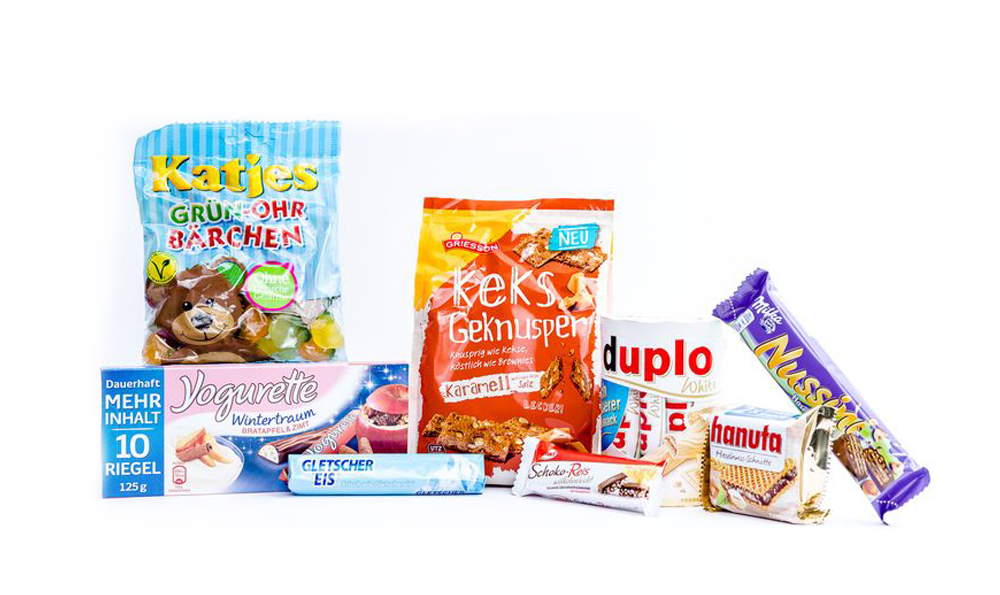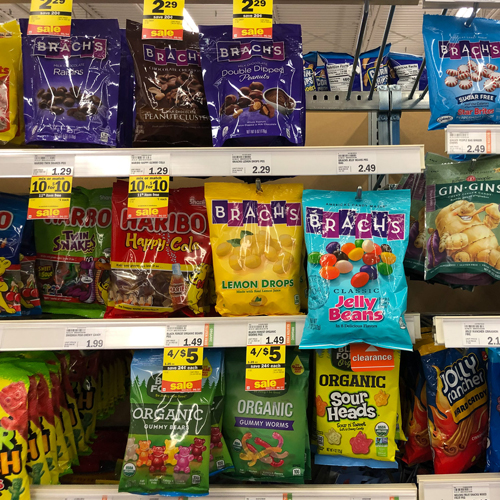Views: 100 Author: Site Editor Publish Time: 2024-03-06 Origin: Site

Chocolate and candies are one of the most popular sweets, and their packaging market has also experienced different changes with the continuous development of the chocolate and candy industry. Plastic flexible packaging, in particular, plays a significant role in preserving and presenting these confections. However, concerns about the environmental impact of these materials persist. So, do you know what plastic flexible packaging materials are commonly used for chocolate?
Chocolate candy bags are a beloved packaging choice for sweet treats, but the materials used in their construction raise questions about their environmental impact. Understanding the common plastic flexible packaging materials employed in these chocolate candy bags is essential for evaluating their sustainability.
Changes in packaging form
In the rapid development of the chocolate and candy industry, chocolate candy packaging has also experienced different changes. Early chocolate candy packaging was relatively simple, mainly to protect the chocolate from damage and contamination. As consumers' love and demand for chocolate and candy continue to increase, packaging pages have gradually become an important part of chocolate and candy marketing and branding. Today's chocolate packaging not only needs to protect the product, but also needs to attract consumers' attention and increase the added value of the product.
In recent years, as consumers' requirements for the taste, quality and appearance of chocolate and candies have increased, the design and material selection of chocolate candy bags have become increasingly important. The current outer packaging forms for packaging chocolate and candies mainly include pillow bags (traditional) and vertical bags (increasingly popular). Read on for a closer look at the types of plastic commonly used in chocolate candy bags.
 What plastic flexible packaging materials are commonly used for chocolate?
What plastic flexible packaging materials are commonly used for chocolate?
Polyethylene (PE) is one of the most prevalent materials used in chocolate candy bags. Its versatility and low cost make it a popular choice among manufacturers. However, the recycling process for PE can be complex, and it may not be accepted by all recycling facilities.
Polypropylene (PP) is another common material utilized in chocolate candy bags. Like PE, PP offers flexibility and durability, but it also presents challenges in recycling due to its low melting point.
Polyethylene terephthalate (PET) is often used for its transparency and barrier properties, ideal for showcasing colorful candies while protecting them from moisture and oxygen. While PET is widely recyclable, its recycling rates vary depending on local infrastructure and consumer behavior.
In addition to these primary plastics, multi-layered structures incorporating various combinations of materials such as aluminum foil, nylon, and ethylene vinyl alcohol (EVOH) are also employed to enhance barrier properties and extend shelf life. However, the complexity of these structures poses challenges for recycling and disposal.
More importantly, with the strengthening of environmental awareness and changes in consumer demand, chocolate candy packaging is developing in a more environmentally friendly, innovative, differentiated and personalized direction.
The prevalence of plastic flexible packaging materials in chocolate candy bags underscores the importance of addressing their environmental implications. While these materials offer functionality and convenience, their impact on the planet cannot be ignored. As consumers and industry stakeholders, it is imperative to explore alternatives and adopt sustainable packaging solutions.
OrganicBiopack emerges as a leading provider of high-quality and sustainable snack packaging solutions. Their commitment to innovation and eco-friendly materials positions them as a valuable partner in the quest for more environmentally responsible packaging practices.